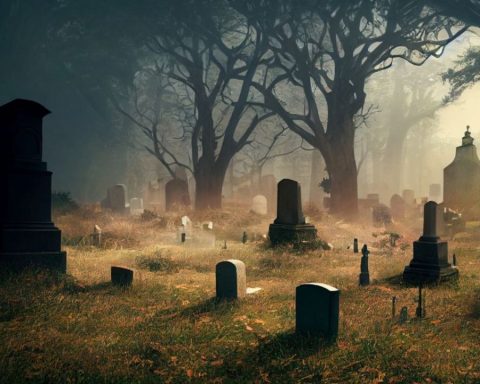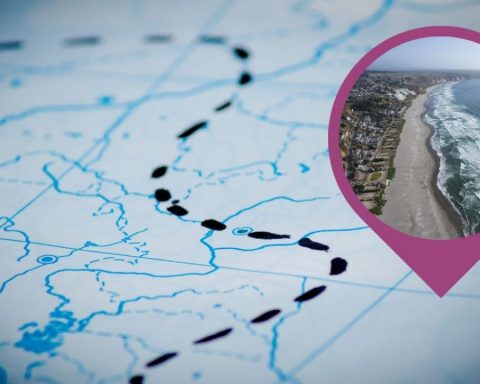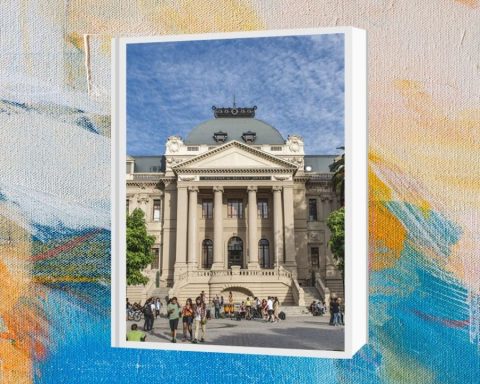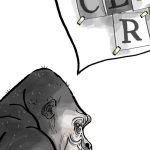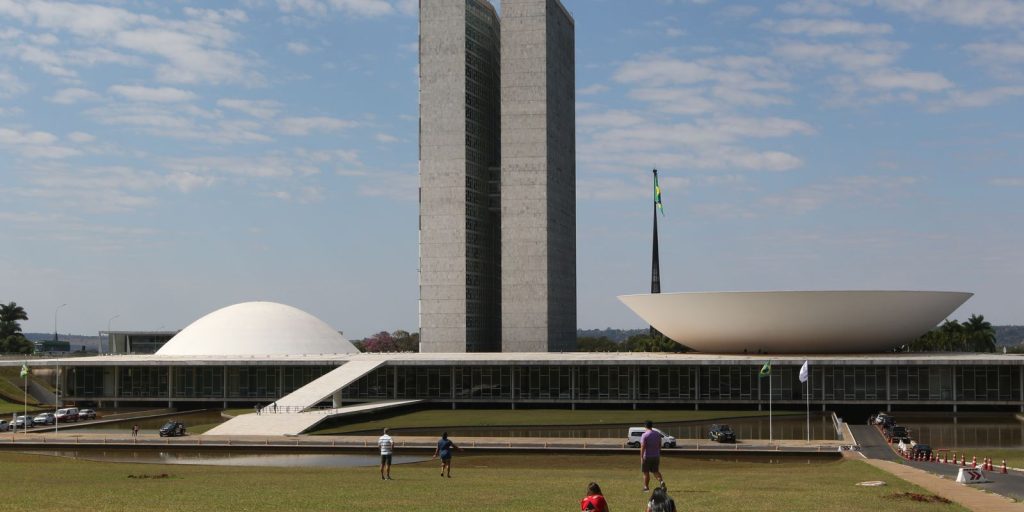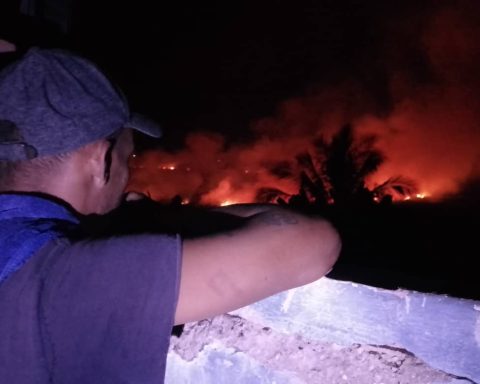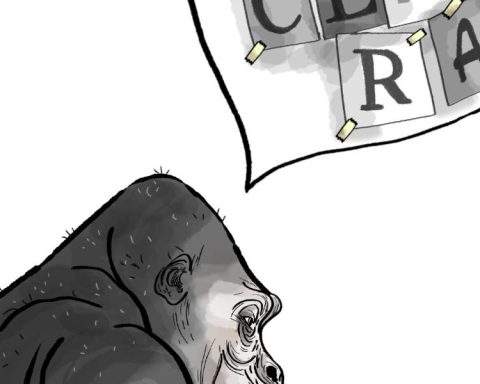The transition from an agricultural society to an industrial and urban one made cities the very image of modernity and development. In their history, by the way, almost all of them have had moments of misery or precariousness. There was already talk of the Urban Informal Sector in Latin America in the 1980s; but growth and good governance – to many big cities – made them up. Chile was no exception and the economic success of the 1990s and 2000s led politicians, for example, to define Santiago as a world class city; of such a dream, little or nothing remains.
The social anger of inequality at the end of 2019 devoured the city. It destroyed a relevant part of its urban furniture, and filled parks, streets and squares with precariousness. Like an irreducible urban dandruff, a large part of the country’s largest cities, not just Santiago, have been transformed into spaces of unstable life, more attentive to panic buttons and security crises than to anything else.
The citizen political ecology in Chile today moves between economic informality, insecurity in the face of crime, and the government of the municipalities, good or bad, through which the main decisions of daily life pass. Garbage, health, public schools, support networks. The central state has lost gravitation in its ability to order general policies for the use of public spaces, little is said about territorial equity and its main urban agents: the police, the Ministry of Housing and the Ministry of Transport.
Emblematic companies, such as the Santiago Metro, have been transformed into centers of informal commerce. This happened gradually and with the tolerance of their authorities, long before the social outbreak. Today, despite efforts to evict informal commerce, commercial patents and permits of all kinds are handed out in an uncontrolled manner.
In this social ecology, a part of the migration, the most precarious, has erupted and caused a cultural crisis, which has filled the sidewalks selling street food and which, lacking resources, is easy prey for criminal gangs expert in street micro-extortion, prostitution and petty theft. Many are also homeless, where they build shacks, put up tents and live in subhuman conditions.
Last week, the city of Santiago was marked by what appears to be a government plan to recover public spaces. Already in April of this year, the Metropolitan Regional Government of Santiago set up a Regional Roundtable for Itinerant Commerce and Public Space, with the mayors of the RM, where the undersecretaries of the Ministry of the Interior, Monsalve and Vergara, were, committing all the support of the Government to the initiative. But so far little progress has been made.
For this reason, the impact of the policies is still very limited, without the simultaneity and deployment of resources that really block a problem that already seems deeply rooted in the city. The recurring places of commerce are marked by greater influx or circulation of people and areas of articulation of urban and interurban collective transport. Irregular dwelling places are existing streets, squares, parks or bridges.
The lack of resources and police methods, capable of systematically supporting the permanent action that the municipalities can carry out, affects the efficiency of the policies. As is also affected by the absence of the Ministries of Housing and National Assets, to have, in sync with the municipalities, a national city policy. Even the presence of the Public Ministry and its expert opinion on persecutory matters are lacking.
In the latter case, the reluctance of illegal traders to abandon their activity and the degree of security protection that they sometimes exhibit against the police or third parties is striking. In general, they oppose an active resistance, erect barricades and have even caused the death of a journalist by shooting at close range against a group of protesters.
One thing to remember is that many of the street actors are precarious immigrants with almost no rights. And that in this mass of illegal trade there is criminal behavior, ranging from forced payment to criminals who declare themselves owners of the place where someone wants to carry out their trade. That, even extortion, loan sharks with violent charges, practice of child prostitution, protection from theft or collection for protection, among other crimes.
Covering entire streets with awnings that prevent security cameras or police drones from working is the first step in the “privatization of the street” by criminal gangs.



